Spider veins are named after the web of blue or red veins that spreads across a person’s legs. These veins are dilated superficial blood vessels. Although they usually occur behind the knees, they can develop anywhere. Experts aren’t sure why some people develop spider veins while others don’t, but they have discovered certain factors which increase their risks, including sitting or standing for long periods of time, family history, aging, and increased pressure. In addition to the patchwork pattern of blue and red veins, those with spider veins may also have swollen legs with a heavy or tired feeling. Although spider veins don’t usually lead to serious medical issues, sometimes some people have them removed for cosmetic or medical reasons. As for how to get rid of spider veins, here are some of the best methods.
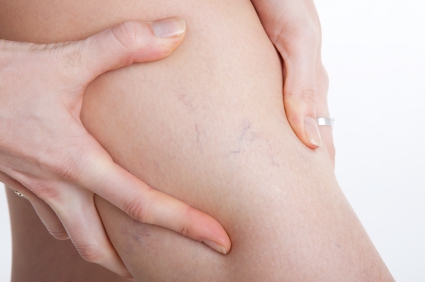
How to Get Rid of Spider Veins
Wear Compression Stockings
You can find low-grade compression stockings at most health or drug stores and they can help to prevent spider veins from developing. These stockings will stimulate blood vessels, improving circulation and thereby reducing swelling and aches so as to prevent spider veins.
Apply Sunscreen
Although most people think of sunscreen for protecting the fragile skin on face, actually it also helps to stop spider veins from developing as you age. Be sure to apply it to your legs, ankles, and calves in addition to your face anytime you plan to be outside for more than a few minutes.
Try Witch Hazel
This herbal extract has a soothing astringent which makes it great for treating spider veins. You can use a cotton ball to to dab some hazel extract and apply it directly to the spider veins. Do this several times everyday until your spider veins disappear.
Apply Horse Chestnut
Horse chestnut can help to strengthen and juvenile veins, which can help to reduce spider veins. It is recommended to use 250 mg of standardized horse chestnut extract every day. Some topical creams contains horse chestnuts and can also be used to treat spider veins. For the best results, use these creams and the horse chestnut extract together.
Adjust Your Postures
Spider veins occur due to poor circulation and blood flow, so you should try to sit in positions that encourage blood flow instead of discouraging it. This means that you should avoid crossing your legs while sitting as this will interrupt blood flow. You should also try to elevate your feet on a footstool while sitting. The best option is have your feet 6 or 12 inches above your heart.
Avoid High Heels
Avoid high heals is a great answer to how to get rid of spider veins. Wearing high heels will put additional pressure on your legs in addition to restricting your blood flow from the heart to the legs, leading to limited circulation and potential spider veins. Instead, opt for lower heels when possible. This is especially important if you have to stand or walk for long hours.
Keep a Healthy Body Weight
How to get rid of spider veins? Keep you body weight in check. When you keep a healthy body weight, your blood vessels and feet will have less stress, discouraging spider veins. Work with your doctor to find an appropriate weight goal and then maintain this weight via a balanced diet and regular exercise. Weight training also helps circulation, thereby reducing the risk of spider veins.
Maintain a Healthy Diet
Generally speaking, you should have less salt, but more fiber. Salt will lead to water retention and therefore swelling, increasing pressure on veins. You should try to avoid processed and prepackaged foods as they usually contain high amounts of sodium, which is salt. Fiber, on the other hand, will reduce constipation which is another type of pressure. Opt for lean meats, whole grains, fresh fruits, and vegetables. Try to cook at home most of the time and avoid adding salt to your dishes when you do so.
Do Exercise Regularly
When you exercise daily, you will see an improvement in circulation, even when sitting still. It will also help you maintain your healthy weight. Opt for exercises that move the legs and feet, such as jogging, running, or cycling as these will have the greatest effect on preventing spider veins. You can also try swimming or daily walks if you need a lower impact option.
Try Sclerotherapy
Sclerotherapy involves your doctor injecting a solution into the veins which will scar and close the veins, so the blood reroutes via healthier ones instead. The treated spider veins tend to close in a few weeks. This treatment sometimes requires more than one injection, but is effective and can be done without anesthesia. It may lead to skin color changes, itching, or swelling in the area treated.
You will have a chance of up to 90% that the appearance will improve following sclerotherapy and the results tend to last about two years. After that, the factors causing the veins in the first place (such as genetics) will take over, requiring maintenance treatment.
Accept Laser Therapy
Laser therapy involves sending a strong burst of light into your vein, which then slowly makes the vein fade and disappear without needles or incisions. It is less effective compared to sclerotherapy, especially for large veins. It can lead to swelling, itching, bruising, redness or permanent changes in skin tone. Following this treatment, it may take several months for the blood vessels to slowly fade. It is possible they won’t completely disappear and they may redevelop in the same spot.
Watch the video and learn how to get rid of spider veins with laser treatment:
Have Vein Surgery
In cases where your spider veins are too large that they are unresponsive to laser therapy or sclerotherapy, surgery may be a possibility. This involves ligation and stripping, in which the doctor ties off the vein and removes the problematic segment. It can be done with general or local anesthesia and in cases when the vein is located close to the surface of the skin, it can sometimes be done via a small incision which won’t require stitches.
This type of surgical procedure usually is very effective at removing spider veins. It is an outpatient procedure and you can usually go back to work in several days. Keep in mind, however, that as this surgery is sometimes considered cosmetic, it might not be covered by your insurance. You should try other less invasive methods first.


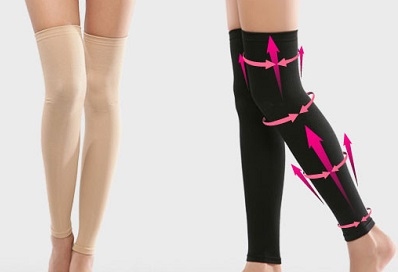
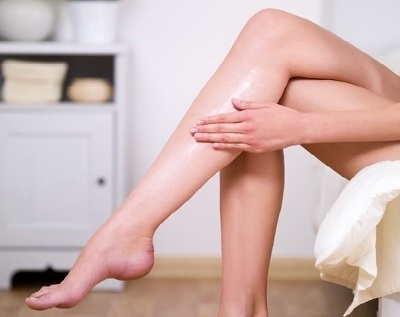

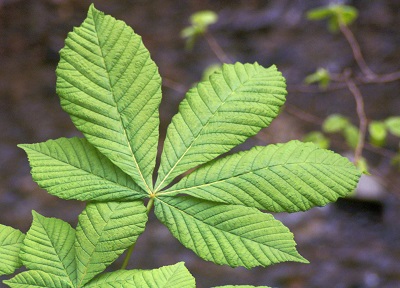
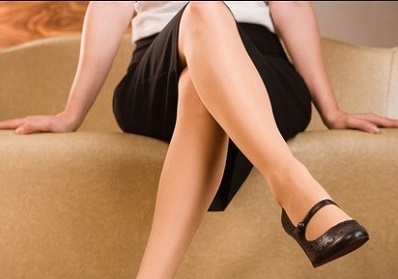
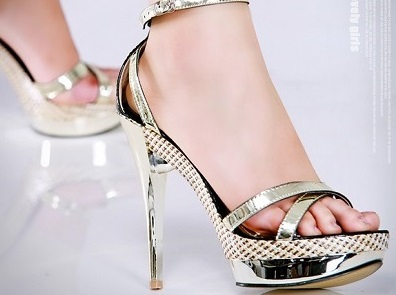
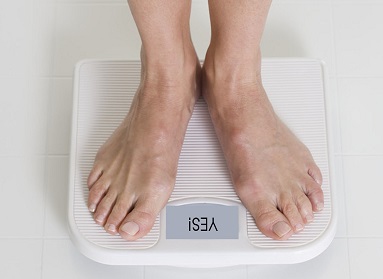


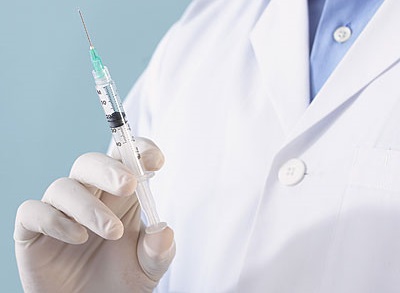
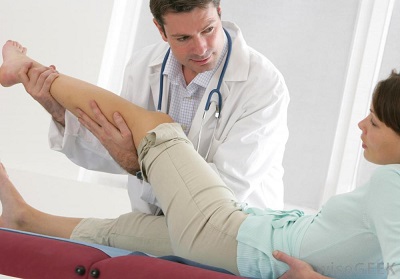
View All Comments /Add Comment